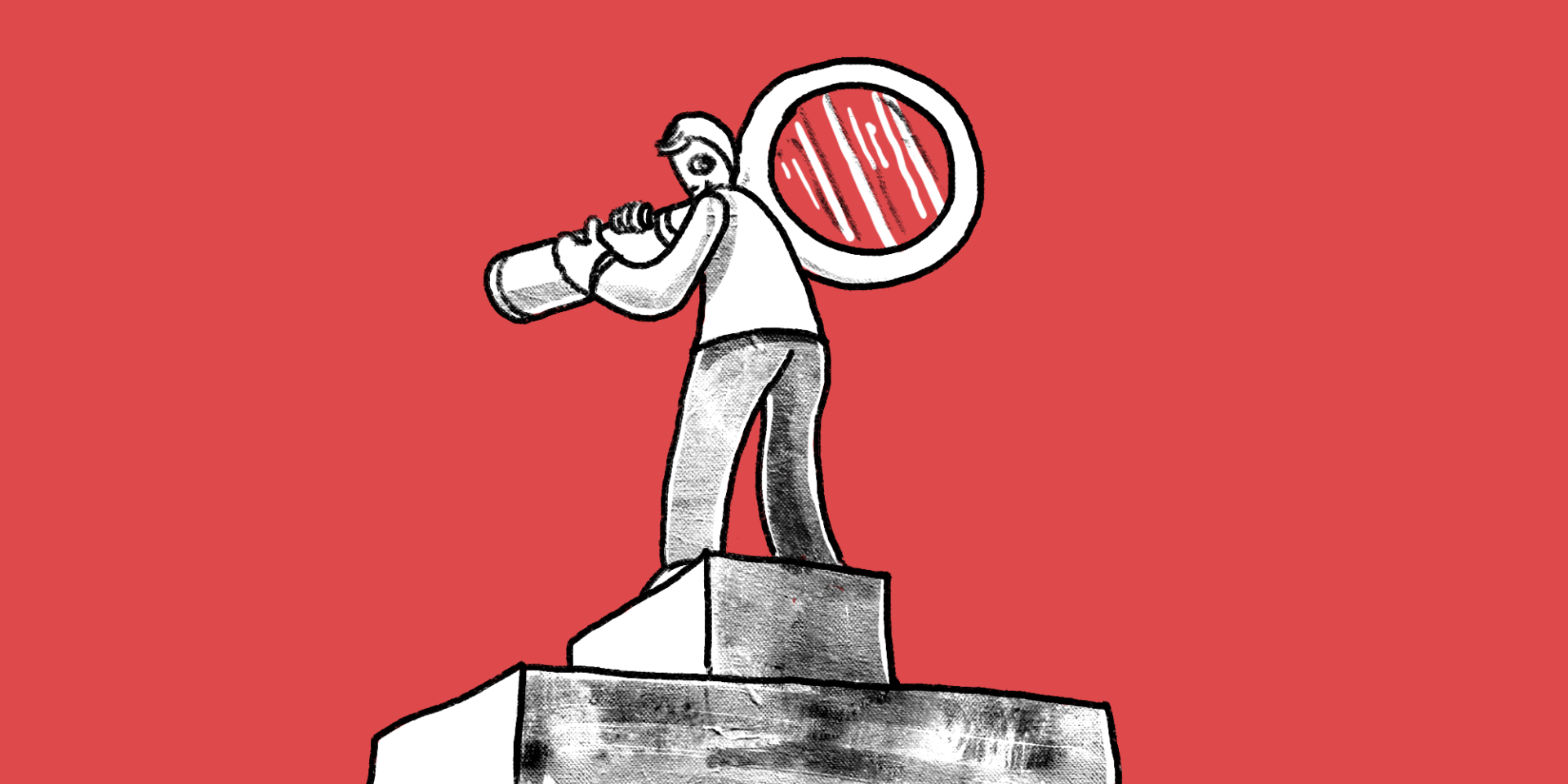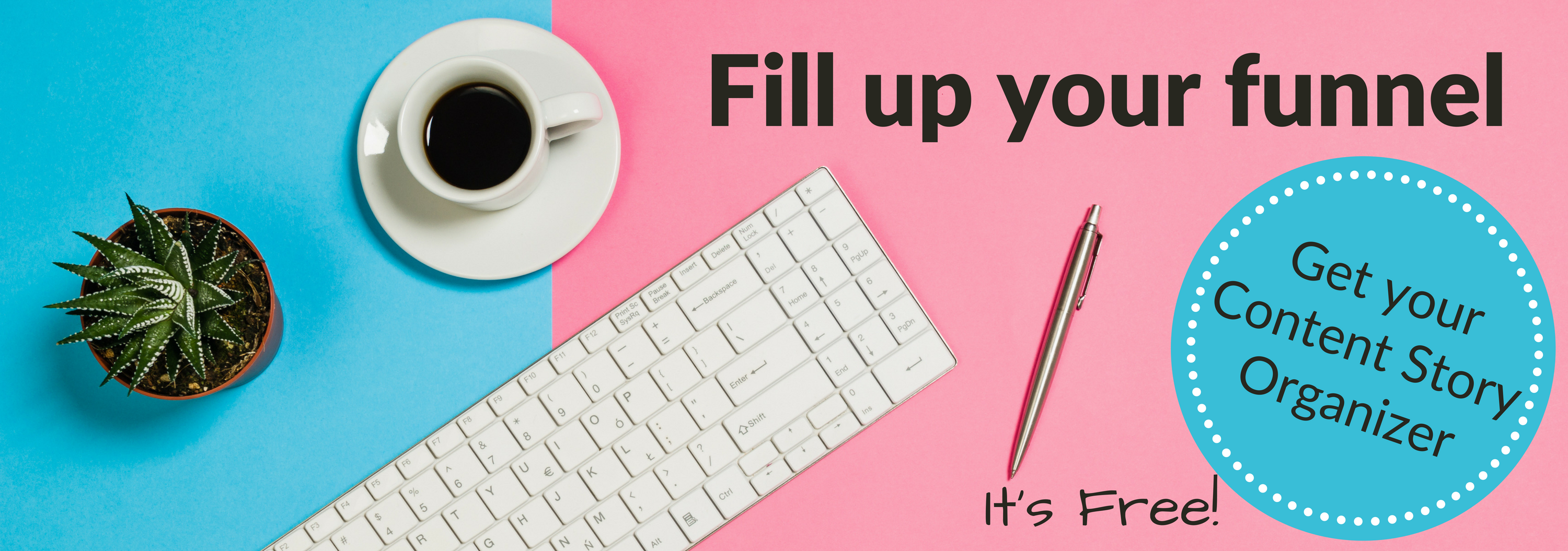In our several years of content writing and marketing experience, we’ve observed that crafting content can be a waste of time unless you map out a hole-free content journey for your buyers.
By now you understand that content marketing success depends largely on proper organization of the content assets according to your buyer’s position in the buying journey and the sales funnel. Here the content journey map comes into play, which will help you to plot out your content stories.
In short, the purpose of content journey mapping is to deliver the right content, at the right time, to the right customer.
Following the footsteps of other smart marketers, we’ve prepared these sure-fire tips to help you build a solid content journey for your buyers and avoid losing leads along the way.
- Only for your buyer personas – not for all:
 Buyer personas are the semi-fictional representation of your ideal customers and all your content themes should be focused on them. It’s very tempting to write content for audience in general but that will produce an ultra-poor result. So, create targeted content keeping your buyer personas in mind.
Buyer personas are the semi-fictional representation of your ideal customers and all your content themes should be focused on them. It’s very tempting to write content for audience in general but that will produce an ultra-poor result. So, create targeted content keeping your buyer personas in mind.
- Content according to buyer’s lifecycle stages:
 Knowing your ideal customers is half the battle. The rest is to discover where they are in the buying cycle and how to craft and market the right content to satisfy their needs.
Knowing your ideal customers is half the battle. The rest is to discover where they are in the buying cycle and how to craft and market the right content to satisfy their needs.
To do this, you have to find out what you buyer personas are looking for at each stage, and think about how you could entice them with content.
For example:
a. At the Awareness stage, buyers are aware that they have a problem and/or opportunity and look for information that will educate them on that. Keeping their needs in mind, create and market content around their queries. Top level educational content like blog posts and ebooks helps them get closer to the solutions.
b. Next is the Consideration stage where, after being educated and naming their problem or opportunity, customers seek additional information on different solutions to best fit their situation.
As this is the heavy research phase, put your best foot forward so the prospects can clearly distinguish your expertise.
In this relationship and trust building phase, you should nurture your leads with content offers like demo video, fact sheet, and product webinar, etc.
But remember, they are still in evaluation phase, so don’t push hard.
c. Finally, the customer enters the Decision stage where s/he needs more personalized attention. Now is the time to come forward with your content weaponry. Here you can offer free trial of your product, one-to-one consultation, discount coupon, and the like.
- Don’t try “One size fits all”:
 You probably have several different buyer personas, and the content that would create a connection for one won’t work for another. And then there are the buyer stages I just discussed. It’s unwise to try to make one piece of content fit for all your various buyer personas and lifecycle stages.
You probably have several different buyer personas, and the content that would create a connection for one won’t work for another. And then there are the buyer stages I just discussed. It’s unwise to try to make one piece of content fit for all your various buyer personas and lifecycle stages.
Instead of wasting time on a cookie cutter approach (that doesn’t work), use content mapping to your advantage.
Puzzled? Not sure how to plot out your content themes?
Don’t worry. We have devised an awesome Content Story Organizer to help you do this.
So, why wait! Download the worksheet below and figure out how to make your funnel flow.


